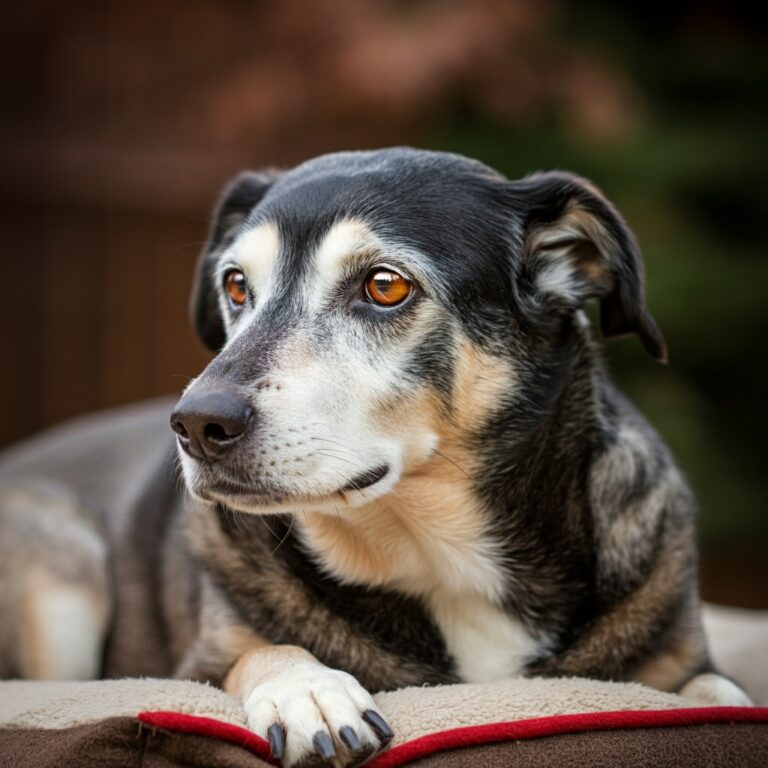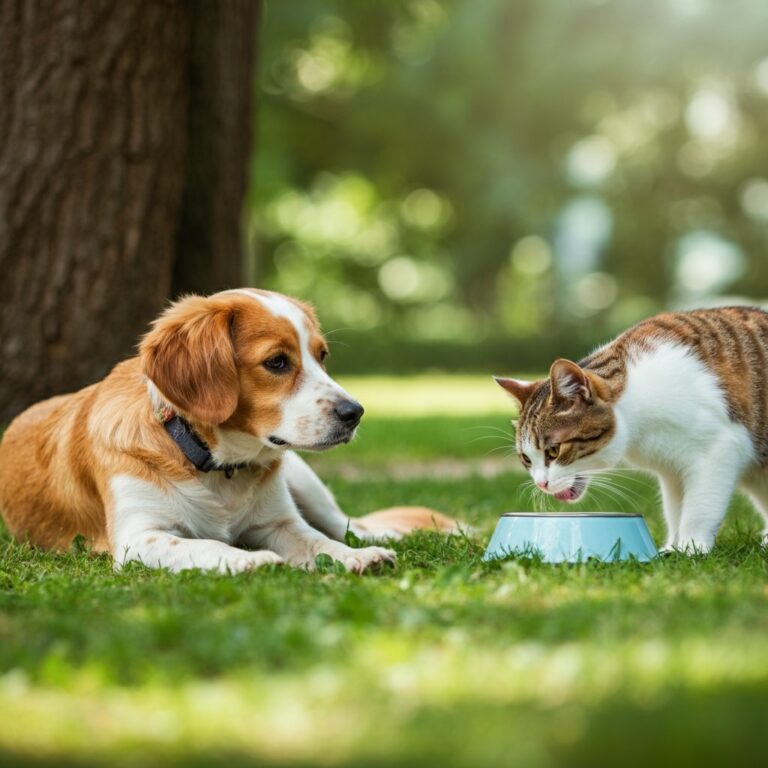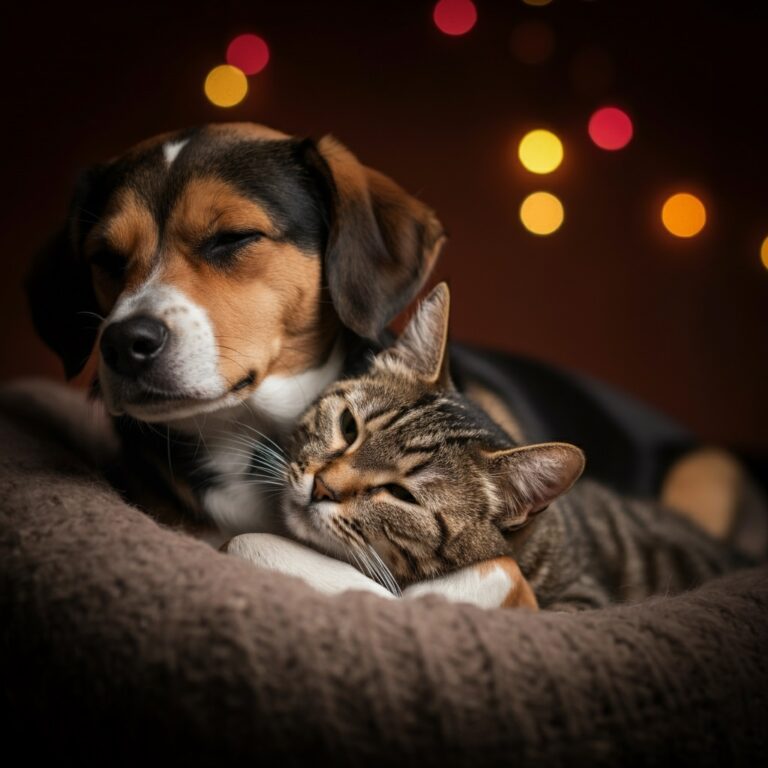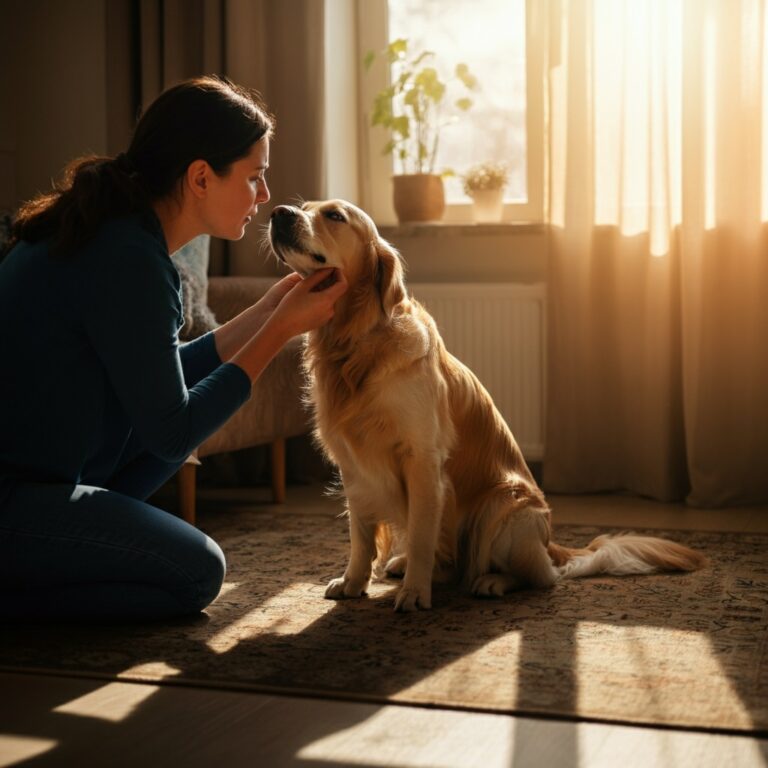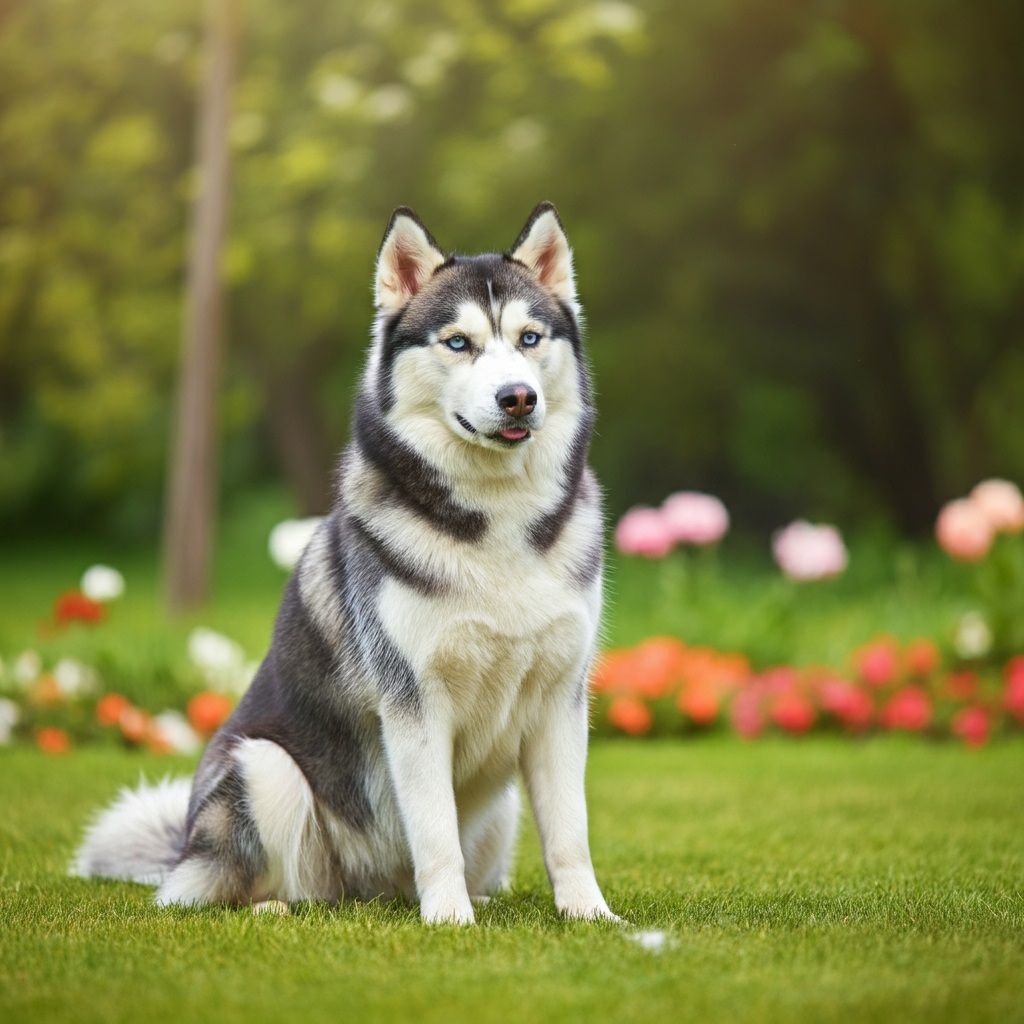
Double-coated dog breeds like Golden Retrievers, German Shepherds, and Huskies are beloved for their stunning, fluffy coats. However, that beautiful fur requires specialized care that many pet owners find challenging. Poor grooming can lead to painful matting, skin problems, and an uncomfortable dog.
This guide reveals seven essential tips that will transform your grooming routine. You’ll discover the proper tools, techniques, and timing needed to keep your double-coated companion healthy, comfortable, and looking their absolute best year-round.
Understanding Your Dog’s Double Coat Structure
Before diving into grooming techniques, it’s crucial to understand what makes double coats unique. These coats consist of two distinct layers working together to protect your dog.
The undercoat is soft, dense, and fluffy, providing insulation against both hot and cold weather. Think of it as your dog’s natural thermal underwear. The topcoat, also called the guard coat, features longer, coarser hairs that repel water and debris while protecting the undercoat underneath.
This dual-layer system is remarkably efficient. During winter months, the undercoat thickens to trap warm air close to the skin. When warmer weather arrives, dogs naturally shed their winter undercoat to prevent overheating.
Popular double-coated breeds include Golden Retrievers, German Shepherds, Siberian Huskies, Border Collies, Australian Shepherds, Pomeranians, and Chow Chows. Each breed has specific coat characteristics, but the fundamental grooming principles remain the same.
1: Invest in the Right Tools
The foundation of successful double-coat grooming lies in having proper equipment. Using the wrong tools makes the job harder and can cause discomfort for your dog.
Essential Brushes and Combs
Undercoat rakes are your most important tool. These specialized brushes reach through the topcoat to remove loose undercoat fur. The long, widely-spaced teeth prevent damage to the guard hairs while effectively removing dead undercoat.
Slicker brushes excel at removing tangles and mats from the topcoat. Choose one with fine, bent wire bristles that can work through knots without pulling too hard on your dog’s skin.
Pin brushes are perfect for regular maintenance brushing. The rounded tips are gentle on your dog’s skin while effectively distributing natural oils throughout the coat.
Metal combs are essential for checking your work and catching any missed tangles. A good comb should have both wide and narrow teeth for different coat sections.
Additional Grooming Supplies
Beyond brushes, you’ll need a high-velocity dryer to remove loose fur and dry the coat thoroughly. Detangling spray makes brushing easier and more comfortable for your dog. Quality dog shampoo designed for double coats will clean without stripping natural oils.
2: Master the Proper Brushing Technique
Effective brushing requires more than just running a brush over your dog’s coat. The technique you use makes the difference between a comfortable grooming session and a stressful ordeal.
Start every grooming session by checking your dog’s coat condition. Look for mats, tangles, or areas where the undercoat has become compacted. Pay special attention to areas where friction occurs, such as behind the ears, under the legs, and around the collar area.
Begin with the undercoat rake, working in sections from the skin outward. Use gentle, pulling motions rather than pushing the tool through the coat. Start at the rear of the dog and work toward the head, following the natural direction of hair growth.
Focus extra attention on areas prone to matting. The chest, legs, and behind the ears typically need more thorough brushing. Don’t rush this process—taking your time prevents discomfort for your dog.
After removing loose undercoat, use the slicker brush on the topcoat. This removes any remaining tangles and helps distribute natural oils throughout the fur. Finish with the pin brush to give the coat a smooth, polished appearance.
3: Time Your Grooming Sessions Strategically
Timing plays a crucial role in grooming success. Most double-coated breeds benefit from thorough brushing every 2-3 days, with daily sessions during shedding seasons.
Managing Shedding Seasons
Double-coated breeds experience two major shedding seasons each year, typically in spring and fall. During these periods, dogs “blow their coat,” shedding massive amounts of undercoat over several weeks.
Increase brushing frequency during shedding seasons. Daily brushing sessions help manage the amount of fur ending up on your furniture and clothes. Some owners find it helpful to brush their dogs outside during peak shedding times.
Establishing a Routine
Establish a consistent grooming schedule that works for your lifestyle. Start grooming routines when your dog is young to build positive associations. Use treats and praise to make grooming time enjoyable rather than stressful.
Continues after advertising
4: Perfect Your Bathing Technique
Bathing double-coated dogs requires special attention to ensure both coat layers get clean and properly dried.
Wet the coat thoroughly, working water all the way down to the skin. This can take several minutes due to the coat’s density. Apply shampoo and work it through both coat layers using your fingers. Avoid scrubbing motions that can create tangles. Instead, use a squeezing motion to distribute the shampoo evenly.
Rinsing requires patience and thoroughness. Soap residue trapped in the undercoat can cause skin irritation and dullness. Continue rinsing until the water runs completely clear.
Drying Techniques
Never let a double coat air dry completely. The dense undercoat can stay damp for hours, creating an environment where bacteria and fungus can thrive. Use a high-velocity dryer to blow out excess water and loose fur.
Work systematically, drying one section at a time. The force of the air will help remove additional loose undercoat that wasn’t caught during brushing. Keep the dryer moving to prevent overheating any one area.
5: Avoid These Critical Mistakes
Several common mistakes can damage your dog’s coat and cause discomfort.
Never Shave Double Coats
Shaving ranks as the most serious mistake owners make with double-coated breeds. Shaving destroys the coat’s natural insulation properties and can lead to sunburn, overheating, and skin problems. In many cases, shaved double coats never fully recover their original texture and protective properties.
Many people mistakenly believe shaving double-coated dogs helps them stay cool in summer. This is actually counterproductive and can be harmful. The double coat system naturally regulates temperature, and shaving removes this protection.
Don’t Brush Only the Surface
Brushing only the surface of a double coat is ineffective. The undercoat requires attention, and surface brushing allows mats to form close to the skin. These hidden mats can cause skin irritation and hot spots.
Avoid Inconsistent Schedules
Sporadic grooming leads to matting and makes each session more difficult. Regular maintenance is far easier than dealing with severely matted coats.
6: Handle Mats and Tangles Properly
Even with regular brushing, mats can occasionally form. Knowing how to handle them prevents pain and coat damage.
Small mats can often be worked out with patience and the right tools. Use a detangling spray and work from the outside of the mat toward the center. Never pull or yank on mats, as this causes pain and can damage the coat.
If you find mats, work on them before getting your dog wet. Wet mats become tighter and more difficult to remove. Use a detangling spray and work through small sections at a time with your fingers and a slicker brush.
Large or tight mats may require careful cutting. If you’re uncomfortable doing this yourself, seek professional help rather than risking injury to your dog.
7: Know When to Seek Professional Help
While regular brushing can be done at home, certain situations require professional expertise. Severely matted coats, nail trimming for anxious dogs, and specialized treatments are best left to professionals.
Professional groomers also have industrial-strength equipment that can more effectively remove loose undercoat during shedding seasons. Many offer “deshedding” services specifically designed for double-coated breeds.
Building Positive Associations
Watch for signs of discomfort during grooming sessions. Heavy panting, trying to escape, or growling indicates your dog needs a break. Keep sessions short and positive, gradually increasing duration as your dog becomes more comfortable.
Use treats, praise, and gentle handling to make grooming enjoyable. Some dogs respond well to puzzle toys or chew treats during brushing sessions.
Read More👉 Can You Mix Wet and Dry Food? Pros & Cons
Transform Your Grooming Routine Today
Grooming double-coated breeds requires patience, proper tools, and consistent effort. The rewards—a healthy, comfortable dog with a beautiful coat—make the investment worthwhile. Start implementing these seven tips gradually, focusing on building positive associations with grooming time.
Remember that every dog is different. What works for one may need adjustment for another. Pay attention to your dog’s responses and adapt your technique accordingly. With practice and patience, you’ll develop a grooming routine that keeps your double-coated companion looking and feeling their absolute best.
Regular grooming promotes healthy skin by removing dead hair and allowing air circulation. This prevents bacterial growth and reduces the risk of hot spots and skin infections. Well-maintained double coats also regulate temperature more effectively than neglected ones, ensuring your dog stays comfortable year-round.
